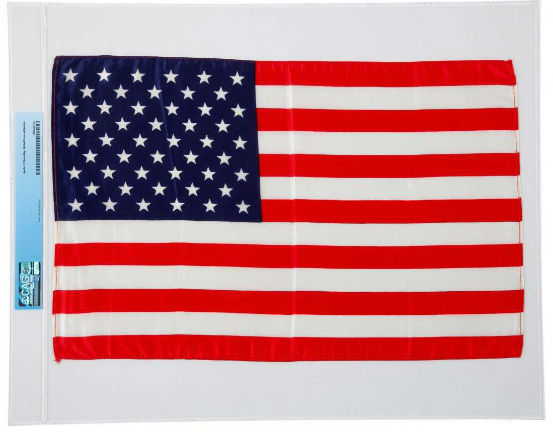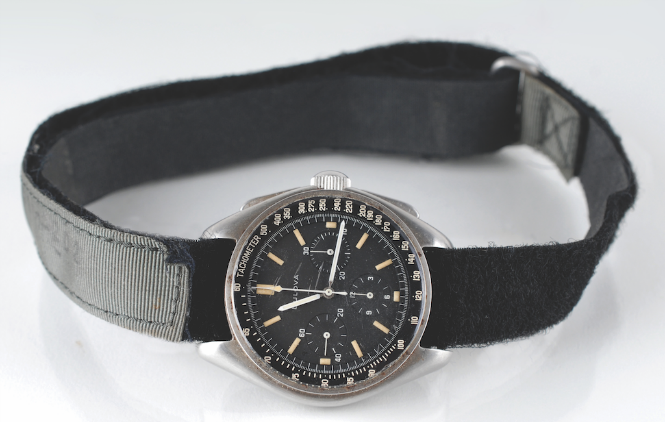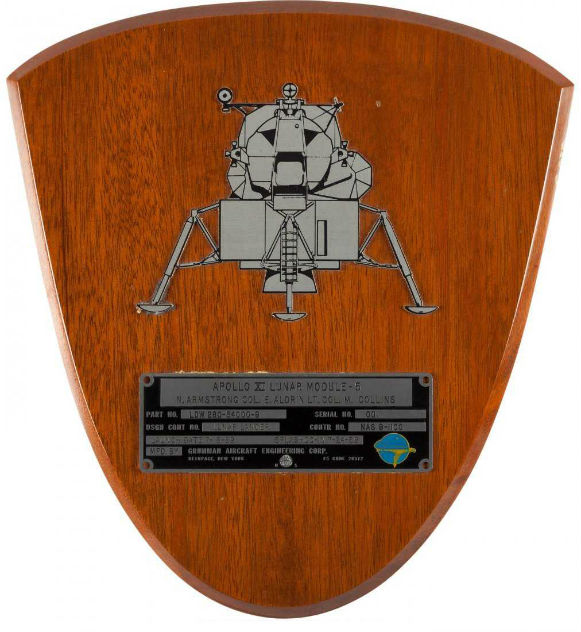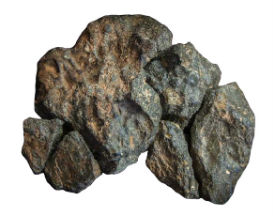
NEW YORK – “Space: the final frontier” is much more than a tag line for a sci-fi TV show. It also represents the extent to which collecting spans. Since Neil Armstrong took his first steps on the moon on July 20, 1969, space exploration has fascinated millions, and continues to do so today. It’s of little surprise, then, that collectors avidly seek items that have flown in outer space or are related to space missions.
“It’s probably the greatest achievement of the second half of the 20th century,” said Bobby Livingston, executive vice president of RR Auction in Amherst, New Hampshire. “Sending a man to the moon and bringing him back. For centuries, people looked up to the sky and tried to figure out how to get there … and we did it. For people of my generation, we watched it happen on television. When I was a child, I watched men walk on the moon. As my generation has grown up, we were emotionally connected to that event and to the 12 men that walked on the moon.”

Collectors eagerly seek historical artifacts related to space exploration, especially the Apollo 11 moon mission led by Armstrong, Buzz Aldrin and Michael Collins. Prices run the gamut from less than a few hundred dollars for autographed photographs of space crews to items taken into outer space and back to Earth, fetching six- and seven-figure sums.

Back in the day, one could mail an autograph request to NASA and for the price of a stamp receive an autographed photo, so there are thousands of these available today on the market. Over time, demand became so high that secretaries or auto-pen machines signed the photos, especially after an astronaut had retired from the NASA program and was not immediately available to sign photos. Today, some of the earlier astronauts no longer sign autographs or those that do, charge $50 and up per signing. Provenance is important but always have photographs independently authenticated, Livingston said.
Of photographs, he added, “They are not super rare but neat artifacts.” Some signed images, especially early ones or having a strong backstory, bring a good price, however, such as the color 8-by-10-inch lithograph of the Apollo 1 crew in their blue flight suits, signed in black felt tip, “Edward H. White II,” “Gus Grissom” and “Roger B. Chaffee” that brought $28,204 at RR Auction in April 2018. All three men, making up the Apollo 1 crew, died when their command module caught fire in a pre-launch test.
Space collectibles range from commemorative items, souvenirs and autographs to space rocks and items carried on actual spacecraft as well as pieces of the vehicles themselves, such as an Apollo 11 lunar module-flown space identification plate mounted on a plaque, with provenance to the Armstrong Family Collection, which sold in November 2018 at Heritage Auctions for $468,500, including the buyer’s premium.

The highest-grossing sale in recent years, albeit one marked by controversy, was during Sotheby’s New York space exploration specialty auction in July 2017 (marking the 48th anniversary of the Apollo 11 landing) of a plain white bag marked “lunar sample return” containing moon dust. It had been bought at an auction five years ago for $995 but NASA filed a lawsuit after the consignor sent the sample to NASA for authentication. NASA claimed it was mistakenly sold and belonged to American people. A judge ruled in favor of the buyer, who then consigned the item to Sotheby’s, where it sold for $1.8 million. The top-grossing space item overall sold at auction, however, was also at Sotheby’s in April 2011 with the sale of a Soviet Vostok 3KA-2 capsule at $2.9 million.
Space memorabilia comes from a variety of sources, including objects deaccessioned from museums or NASA itself, or items given to the astronauts. In the latter, these might be items they consider minor and that their children don’t want, such as a piece of cloth or a small flag but are of high interest to collectors. In 2011-12, Congress passed a bill giving clear title of objects received to U.S. astronauts who were part of the Mercury, Gemini or Apollo programs through the completion of the Apollo-Soyuz Test Project.

Space-flown objects are the most desirable and usually fetch the highest prices. Livingston notes that when it comes to space artifacts, provenance is everything and NASA’s detailed cataloging of every item aboard a module heading into space provides excellent provenance.
“Anything that was loaded onto the lunar or command module, it was all weight requirements, serial numbers were checked in,” he said. “There is provenance to the date they flew to the moon and back. It’s not just coming from an astronaut but there is backup paperwork, ‘Here it is on the moon on this day.’ That kind of thing appeals to the type of collector in love with engineering and science of going to the moon.”
# # #


